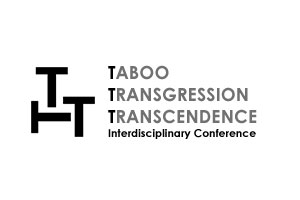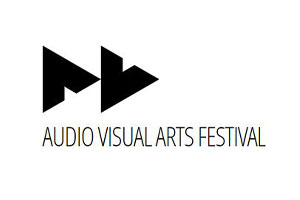"The imitative faculty is precisely what makes us human" (Aristotle, Poetics, 51-90).
In recent decades artists have progressively expanded the boundaries of art as if they have searched for treating the past itself as a malleable raw material. Art pieces, such as the ones made by Jeff Koons, Sherrie Levine, Elaine Sturtevant or Richard Prince, have recently attracted attention in the world of post-modern art market as well as in courts by practising without a license and by challenging the binarism of original and copy, since they seem to ignore major concepts in Copyright law such as originality, authorship and ownership of an artwork. On the other hand, their artistic practice of appropriation has attracted attention by National Courts. From the copyright law perspective the very term "Appropriation Art" is a provocation; "appropriation" of a copyrighted work connotes stealing. Should the judges treat appropriation art as a mere infringement hypothesis or is it more legitimate to recognize a form of artistic expression deserving the application of fair use exception under US Copyright Regime or the citation exception for artistic purposes under the European Legal Regime?
The general objective of this intervention is to better estimate the creative use of pre-existing works of art or other materials with themes limited to appropriation and creativity. What are the implications of the rise of appropriation art for the art world, for sociology of art, for the legal world? What are the implications of appropriating a well-known pre-existing work? Is there any appropriation of the glory to be found? Are there any moral issues to be discussed beyond the legal ones? What are the Copyright implications of this movement? What sort of legal protection appropriation artists may have? When do the creative acts stop and the copyright infringement begin? These are some of the questions that will be treated through this talk.
Bibliography
- C. Bertrand (2012), Sherrie Levine et l'appropriation : imposture ou acte créateur ?, 33 Sociétés & Représentations, 129-142.
- M. Carpenter (2011), Drawing a line in the sand: Copyright Law and New Museums, 13 Vanderbilt Journal of Entertainment and Technology Law, 463-504
- A. Tricoire (2011), L'oeuvre des autres, Dalloz, 296-304
- M. Williams (2011), Silence and Postmodern Copyright, 29 Cardozo Arts and Entertainment Law Journal 47
- D. Eklund (2009), The Pictures Generation, 1974-1984, The Metropolitan Museum of Art, Yale Press University
- D. Evans (2009), Appropriation Art, Documents of Contemporary Art, Whitechapel Gallery, The MIT Press
- E. Wirten and M. Ryman (2009), Mashing-up Culture. The Rise of User-Generated Content
- N. Bourriaud (2007), Postproduction, Lukas & Sternberg
- S. Lutticken, (2005), Secret Publicity, Essays on Contemporary Art, NAi Publishers, Rotterdam
- A. Schneider (2003), On ‘appropriation’. A critical reappraisal of the concept and its application in global art practices, 11 Social Anthropology, 215-229
- J. C.Welchman (2001), Art after Appropriation: Essays on Art in the 1990's, London 2001
- V. Troger (2001), Art contemporain: creation, élitisme ou speculation? 117 Sciences humaines, 16-20
- N. Heinich (1998), Le triple jeu de l'art contemporain, Les Editions de Minuit
- R. Krauss (1985), The Originality of the Avant-Garde and Other Modernist Myths, MIT Press
- D.A. Russell and M. Winterbottom (1972), Aristotle, ‘Poetics’, in Classical Literary Criticism. Oxford University Press
Back to guest talks





